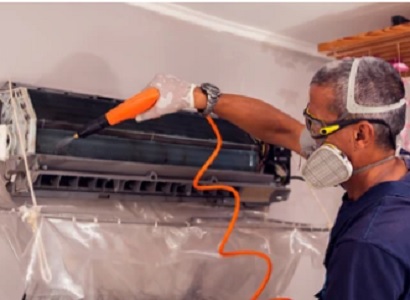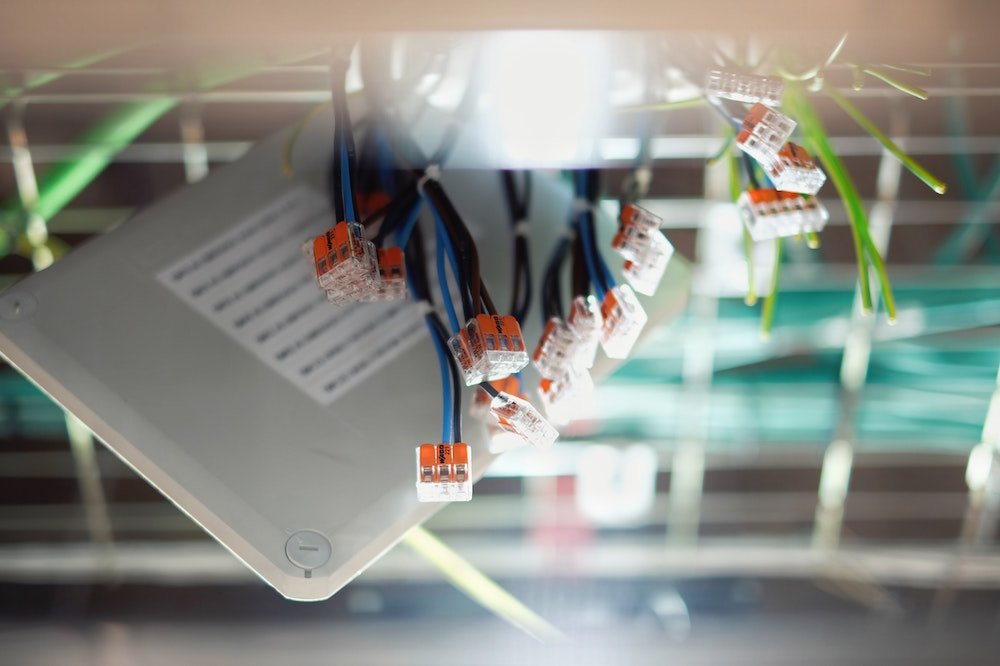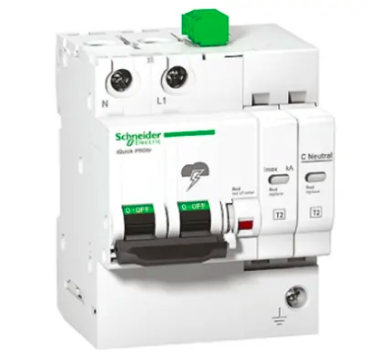ARC licence number – AU54842
Whether an individual is in a commercial or private space, it is important to have an environment conducive to respiratory health. At CLF Services, we specialise in the following services to ensure your environment is safe for use and free of mould, bacteria and other pollutants.
TEMPERATURE CONTROL
This is the process of detecting, measuring and changing the temperature of a room or area to regulate its energy inlet and outlet so as to set it to the desired standard temperature.
Importance of Temperature Control
a. Prevention of Diseases
Extremely high or low temperature may cause health problems such as nausea, runny nose, flu and constant headaches. Keeping the workstation cool and having free airflow will help to keep employees from illnesses.
b. Food preservation
In food industries, temperature plays a vital role in ensuring that food lasts long. High temperatures are essential when you need to properly cook food and kill the bacteria present in the foods.
On the other hand, low temperatures are crucial in ensuring that the conditions are unfavourable for pathogens to thrive. The right results are achievable if the temperatures are effectively put under control.
c. Saves on cost
A business that has machines that are overheating will mean the need for constant replacement. Controlling temperature ensures that the equipment does not wear out quickly, saving the company the expense of installing new systems.
Additionally, there is a correlation between temperature and energy levels. The more the temperature, the higher the energy levels and the more expenditure on energy cost. Controlling the temperature saves on energy and its cost.
Successful Temperature Control
a. Select the Right Sensor
When designing a system, the temperature sensor should be among the first things to choose. Always check for the signal strength, operating temperature, sensor mass and reading sensitivity.
Be sure to choose a light sensor mass as it responds faster to temperature changes. Cost and availability are also factors to consider.
b. Install the Sensor in the Correct Location
Several reasons influence the location of a sensor, key among them being physical obstacles. The area should be accessible, and if there are obstacles, the area requires to be modified. The position of the sensor determines how well the other components of the system work.
When fixing the sensor, ensure that:
• It is at the entry of the crucial temperature position.
• The process fluid is properly mixed. Avoid hot and cold currents that may cause fluctuation.
• The location of the fluid velocity cannot negatively influence the sensor during movement.
• It is away from any external heating and cooling sources.
c. Regulating the Cooling and Heating
Balancing the energy ensures that the system is steady and free from instability. The on and off controls are the most basic for regulating cooling and heating. They also allow you to activate or stop further cooling or heating in a piece of equipment.
d. Have Predictable Variables
Changes in loads lead to a shift in systems and energy management. Keeping the variables stable makes temperature regulation easy. To achieve constant variables, you will need to adjust and monitor the temperature capacity, supply fluid temperature and the process fluid volume.
If one subsystem changes, it affects the other subsystems. There is, therefore, a need to counter the changes if this happens. The process can only be successful if you fully understand the relationship between the different subsystems. Individuals can also get in touch with CLF Services for professional advice and services.













